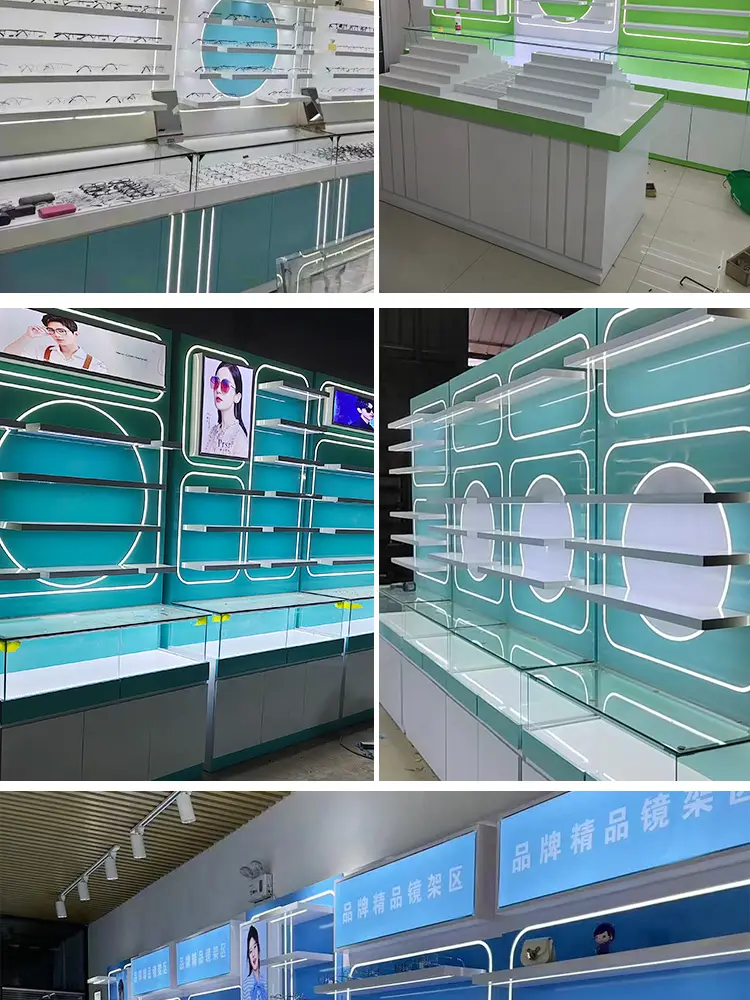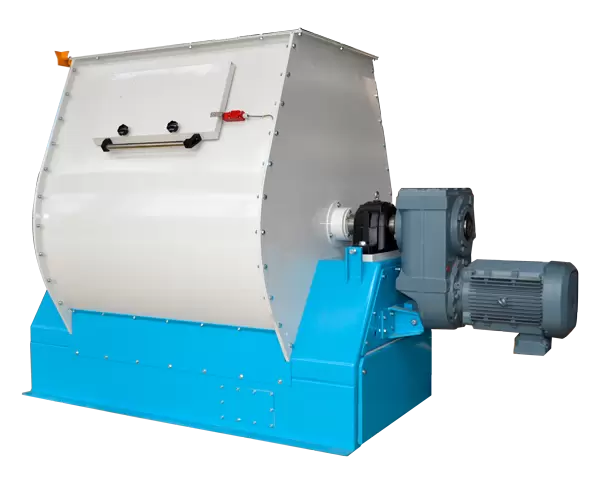Bunk beds have long been a popular choice for maximizing space in bedrooms, especially in shared or small living spaces. With their unique design and functionality, bunk beds offer a practical solution for accommodating multiple sleepers without compromising on style or comfort. In this blog post, Fitments will supply you with the manufacturing process of bunk beds with single inner ladders, providing a comprehensive guide to understanding how these versatile pieces of furniture are made.
1. Design and Planning:
The manufacturing process of bunk beds begins with careful design and planning. Furniture designers and engineers collaborate to create a blueprint that incorporates safety, functionality, and aesthetic appeal. The design phase involves determining the dimensions, materials, and structural elements required for the bunk bed, including the single inner ladder.
2. Material Selection:
Once the design is finalized, the next step is selecting the appropriate materials for construction. Bunk beds are typically made from sturdy and durable materials such as wood, metal, or a combination of both. The choice of material depends on factors such as cost, strength, and design preferences. For the single inner ladder, manufacturers often opt for materials that offer both stability and ease of use.

3. Cutting and Shaping:
After the materials are chosen, they are cut and shaped according to the specifications outlined in the design phase. Advanced machinery, such as computer numerical control (CNC) routers, is often used to ensure precision and accuracy in the cutting process. The individual components of the bunk bed, including the ladder, are carefully crafted to fit together seamlessly.
4. Joinery and Assembly:
Once the components are cut and shaped, the next step is joinery and assembly. This involves connecting the various parts of the bunk bed using techniques such as screws, dowels, or specialized connectors. Manufacturers pay close attention to the strength and stability of the joints to ensure the bunk bed can withstand the weight and movement of sleepers. The single inner ladder is securely attached to the bed frame, taking into consideration factors such as weight distribution and ease of access.
5. Sanding and Finishing:
After assembly, the bunk bed goes through a sanding process to smoothen any rough edges or surfaces. This step is crucial for ensuring the safety and comfort of users, as it eliminates any potential splinters or sharp edges. Once sanded, the bunk bed is ready for finishing. Manufacturers may choose to apply a protective coating or paint to enhance the appearance and durability of the bed. The ladder is also finished to match the overall aesthetic of the bunk bed.
6. Quality Control:
Before the bunk beds are packaged and shipped, they undergo rigorous quality control checks. Manufacturers inspect each component, including the ladder, to ensure they meet industry standards for safety and durability. This involves testing the stability of the ladder, checking for any loose or faulty connections, and verifying that all parts are securely fastened. Only after passing these quality control checks are the bunk beds deemed ready for sale.

Conclusion:
The manufacturing process of bunk beds with single inner ladders involves careful design, material selection, cutting, shaping, joinery, assembly, sanding, finishing, and quality control. Each step is crucial in creating a safe, functional, and aesthetically pleasing piece of furniture. By understanding the intricacies of this process, consumers can make informed decisions when purchasing bunk beds, ensuring they invest in a high-quality product that meets their specific needs.
https://www.fitments.net/Manufacturing-process-of-bunk-bed-with-single-inner-ladder.html
Fitments
sales@fitments.net



